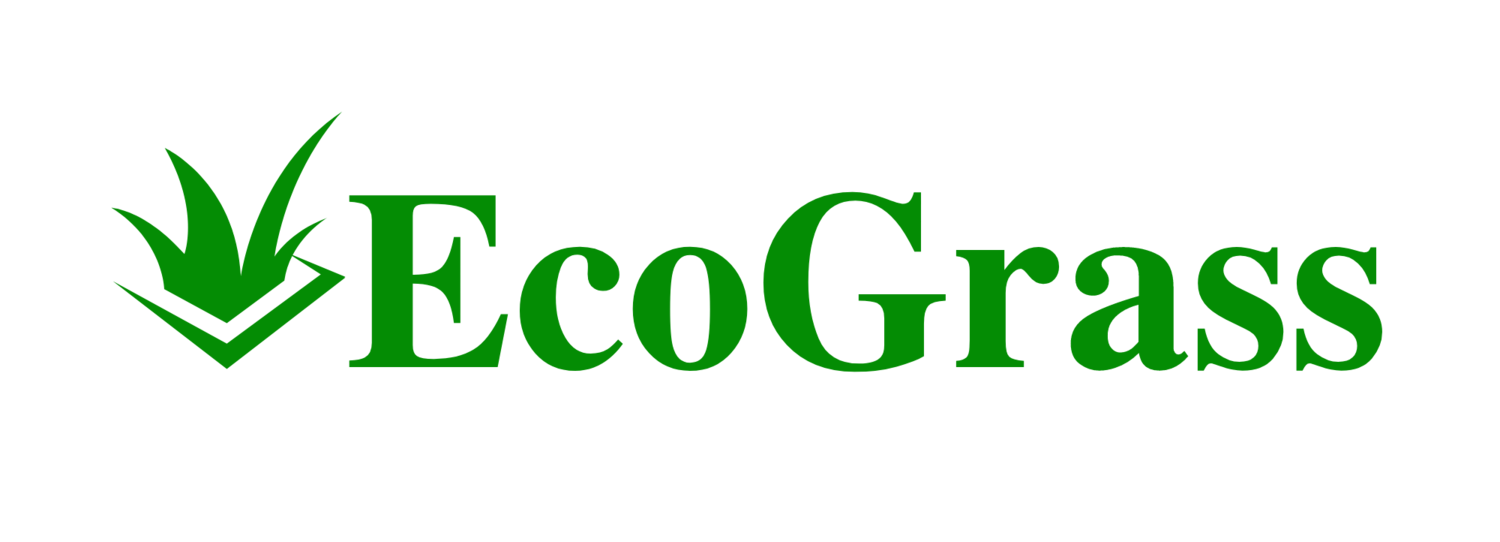Rainy-Day Reality Check
You’re eyeing that fresh, green stretch of synthetic grass and wondering, “Is artificial turf slippery when wet?” It’s a smart question—nobody wants a backyard, sports field, or pool surround that turns into a slip-n-slide at the first hint of rain. The good news? Modern turf systems are designed to stay sure-footed even in a downpour. Let’s explore how they work and what you can do to keep every step steady.
Why Slipperiness Matters to You
Whether you’re hosting a weekend barbecue, coaching a youth soccer team, or simply chasing the dog around the yard, traction is non-negotiable. Wet natural grass can hide slick mud, uneven patches, and puddles that send you skidding. A slip may only bruise your ego—or it could end in twisted ankles, cracked elbows, or costly game delays. Understanding turf traction helps you protect your family, guests, and players while getting the most from your investment.
How Artificial Turf Is Engineered to Stay Non-Slip
Perforated Backing & Sub-Base Drainage
Today’s turf products are built on a perforated polyurethane or latex backing that channels water through hundreds of tiny holes. When paired with a free-draining crushed-rock sub-base, stormwater escapes at rates far faster than typical soil, preventing the standing water that creates slippery films on natural lawns.
Moisture-Wicking Fiber Design
Blades are extruded from polyethylene—a hydrophobic material that doesn’t absorb moisture. Rain slides along the fibers and disappears below, while air circulating between the filaments speeds up surface drying. That continuous airflow explains why athletes can cut, sprint, and pivot on wet turf without losing their footing.
Smart Infill Choices
Silica sand, coated sand, or rubber granules settle between fibers to hold them upright and add cushioning. Quality infills resist compaction and allow water to drain vertically, keeping the turf’s grip consistent. Some advanced infills are even coated to inhibit algae and bacteria that might otherwise create a slick film.
Artificial Turf vs. Natural Grass When Wet
Natural grass acts like a sponge—it soaks up rain, dew, and irrigation, then hangs onto that moisture. The result is a slick, muddy surface that can stay unsafe for hours (or days) after a storm. Artificial turf, by contrast, starts releasing water the moment it falls. With no mud to churn and no puddles to dodge, you enjoy an all-weather play surface that’s ready the minute the clouds clear.
| Condition | Natural Grass | Artificial Turf |
|---|---|---|
| Surface after light rain | Damp, potentially muddy | Drains quickly, stays firm |
| Heavy downpour | Puddles, erosion, game delays | Rapid vertical drainage |
| Poolside splash areas | Slick hardscape, muddy grass edges | Soft, non-slip footing |
| Ongoing maintenance | Raking, re-seeding, soil aeration | Occasional brushing & rinse |
Factors That Could Reduce Grip—And How You Fix Them
Even top-tier turf can feel slick if certain issues are ignored. Here’s what to watch:
Compacted infill – Brush the surface monthly to redistribute granules.
Organic debris – Promptly remove leaves, pollen, and bird droppings; they trap moisture.
Algae or moss – In shady, humid zones, rinse with a mild turf cleaner as needed.
Frost and ice – Turf stays grippy in rain, but frozen moisture is still slippery. Wait for thaw or use a plastic snow shovel to clear the area.
Pro Maintenance Tips for Year-Round Traction
Weekly quick-sweep: A stiff-bristle broom keeps blades upright and prevents matting.
Monthly deep-brush: Use a power broom or stiff rake to de-compact infill, especially after heavy foot traffic.
Quarterly rinse: Hose the area to flush dust and allergens; rain often handles this for you.
Annual inspection: Check seams, infill levels, and edges; add infill where low spots appear.
Choosing the Right Turf Product for Wet Areas
If your landscape includes a swimming pool, playground, or shaded patio, look for turf lines marketed for high-drainage performance. Features to prioritize:
Permeability rating: Aim for products exceeding 30 inches/hour vertical drainage.
Antimicrobial infill: Helps stop algae growth in splash zones.
Texturized or dual-fiber blends: Provide extra grip under bare feet.
Cooling technology: Reflective pigments or evaporative infills keep surfaces comfortable on hot, humid days.
Frequently Asked Questions
Does the turf backing ever clog? Not if you maintain it properly. Brush away debris, and the perforations stay clear for decades.
Will my kids slip when running around the pool? Quality synthetic grass offers better traction than wet concrete or tile and won’t become slick like natural grass sod.
Can cleats damage wet turf? Modern fibers resist shear forces, and because water drains quickly, cleats grip the infill instead of mud. Just avoid metal spikes, which can void some warranties.
How about pet areas after rain? Choose a multi-flow backing and antimicrobial infill to keep odors from forming; rinse as needed.
Stay Sure-Footed Year-Round
You now know the answer to “Is artificial turf slippery when wet?”—it’s engineered not to be. By combining high-permeability backing, moisture-wicking fibers, and simple upkeep, your synthetic lawn delivers reliable traction in almost any weather. Follow the maintenance tips above, pick a product designed for your climate, and you’ll enjoy a lush, slip-free surface every day of the year.

